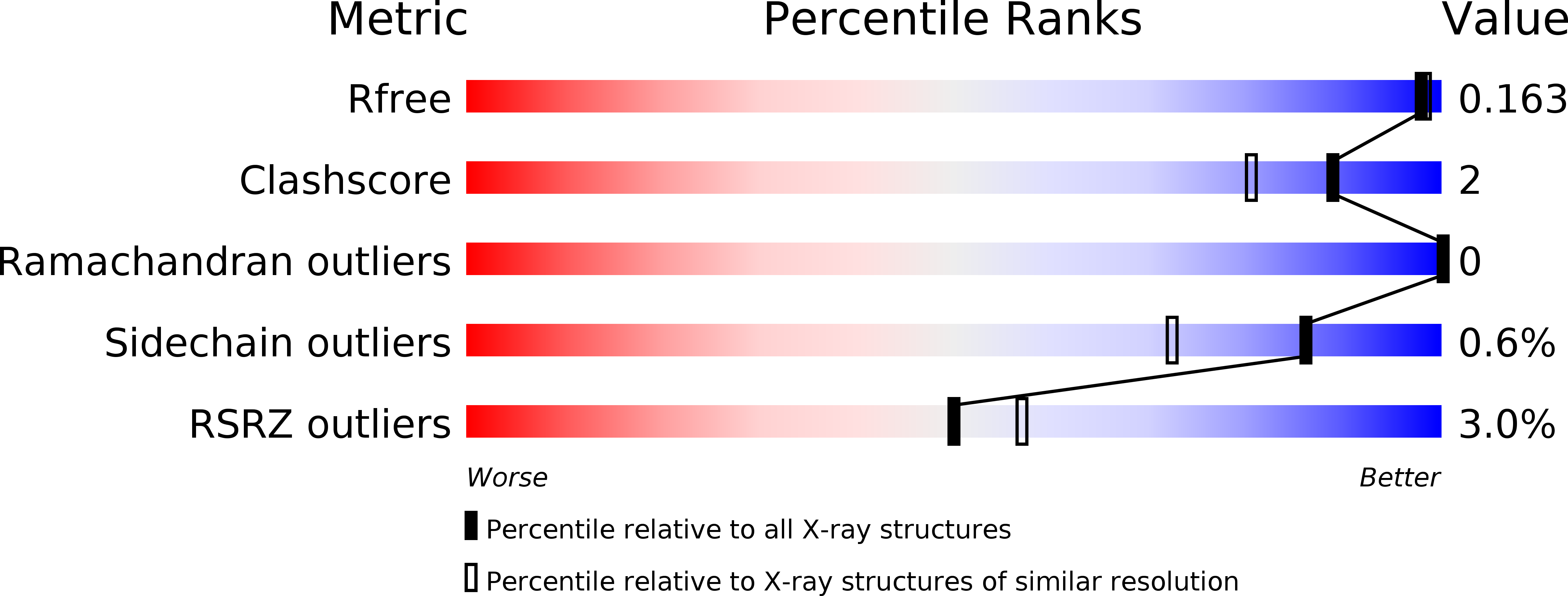
Deposition Date
2010-01-20
Release Date
2010-04-21
Last Version Date
2024-11-13
Entry Detail
PDB ID:
3LGB
Keywords:
Title:
Crystal Structure of the Fe-S Domain of the yeast DNA primase
Biological Source:
Source Organism:
Saccharomyces cerevisiae (Taxon ID: 4932)
Host Organism:
Method Details:
Experimental Method:
Resolution:
1.54 Å
R-Value Free:
0.16
R-Value Work:
0.15
R-Value Observed:
0.15
Space Group:
P 61


